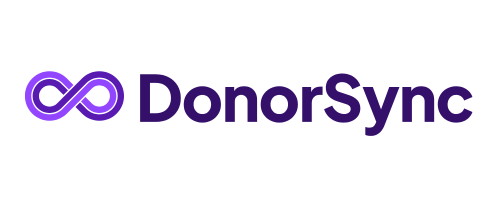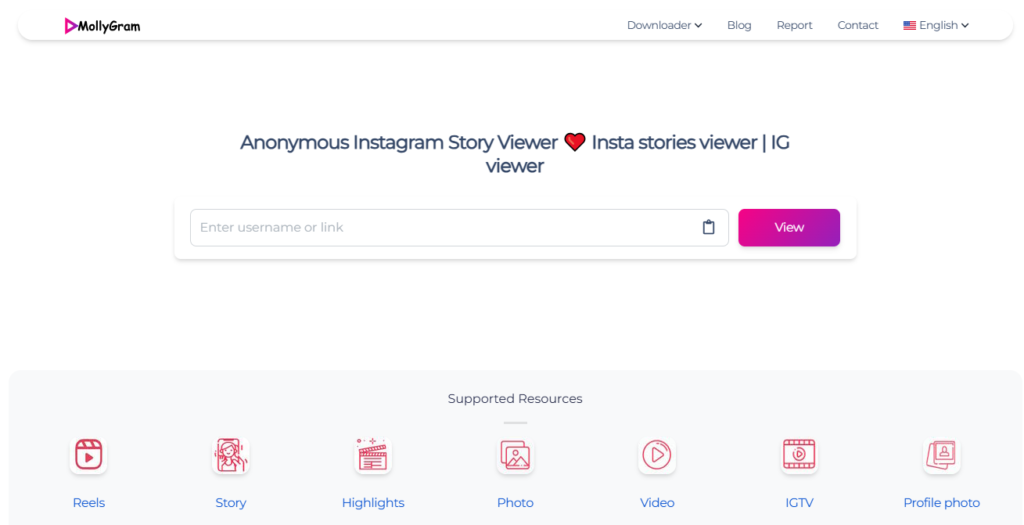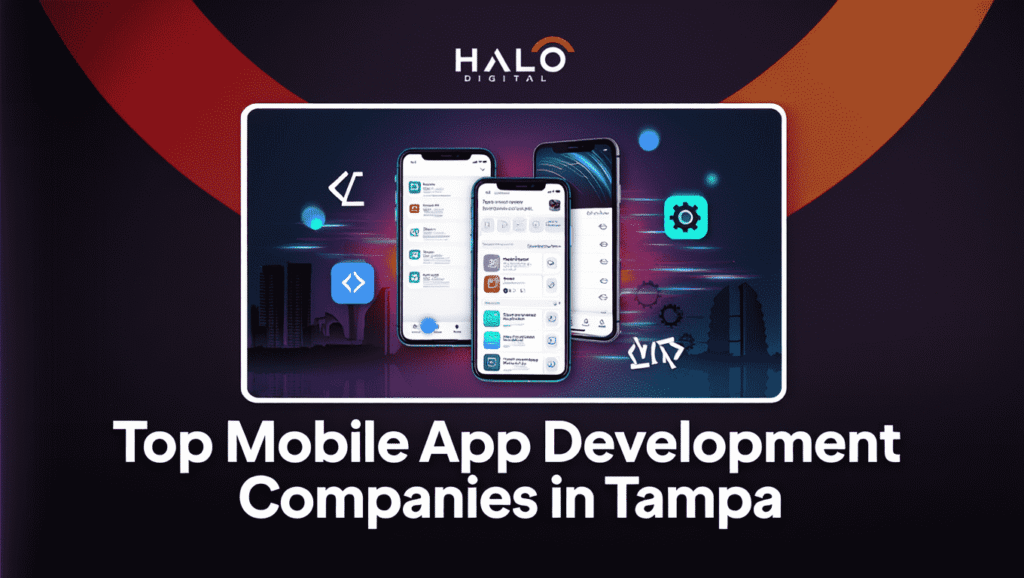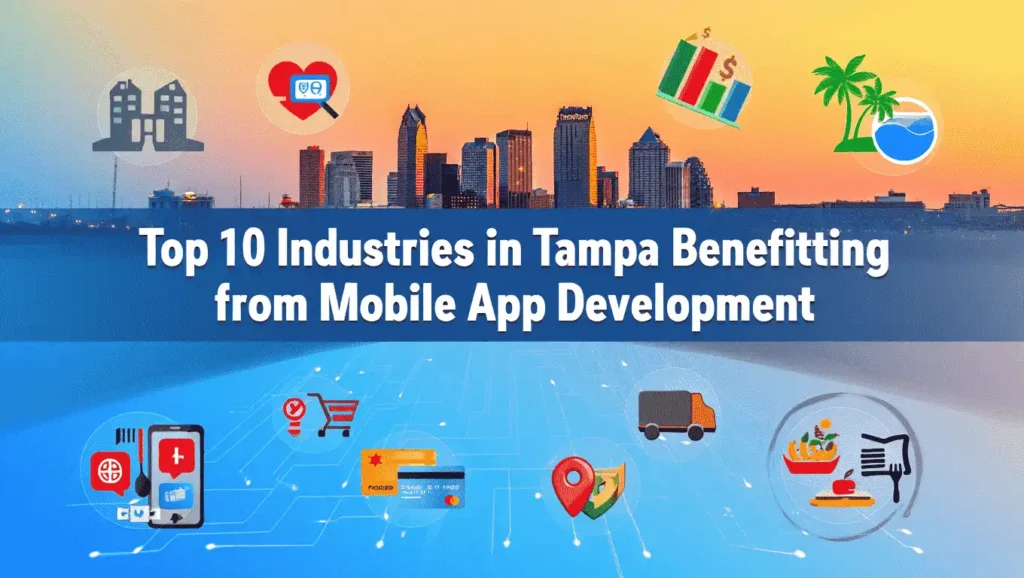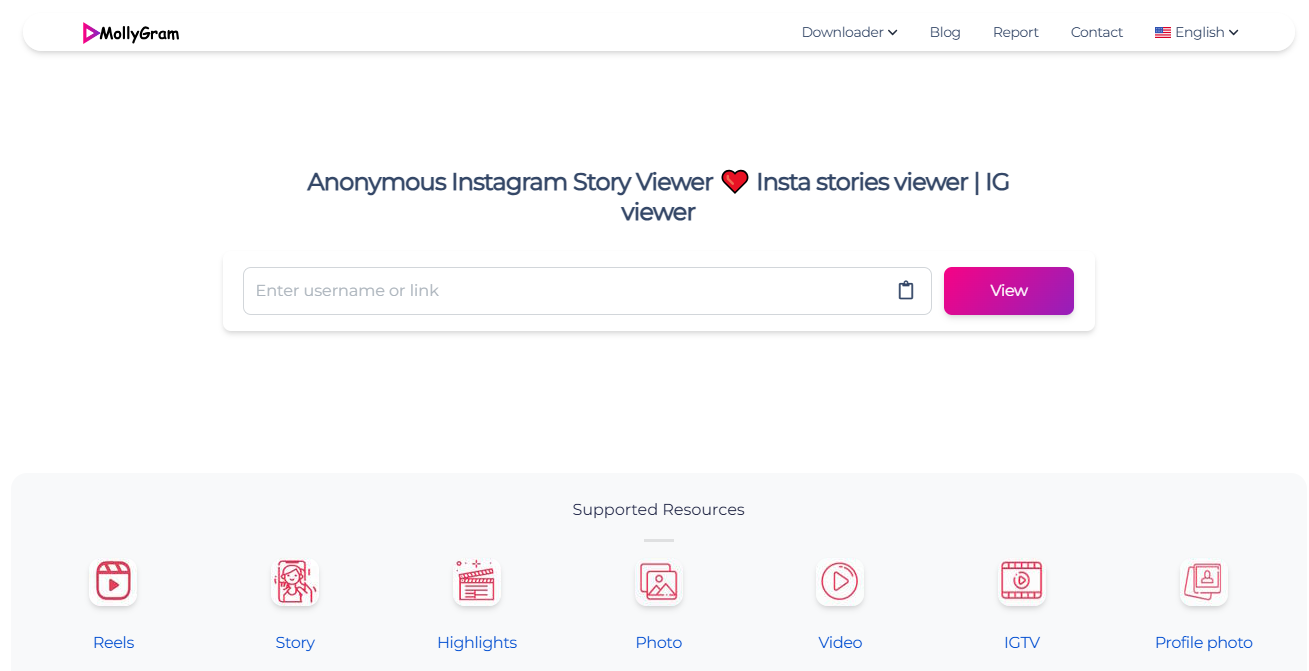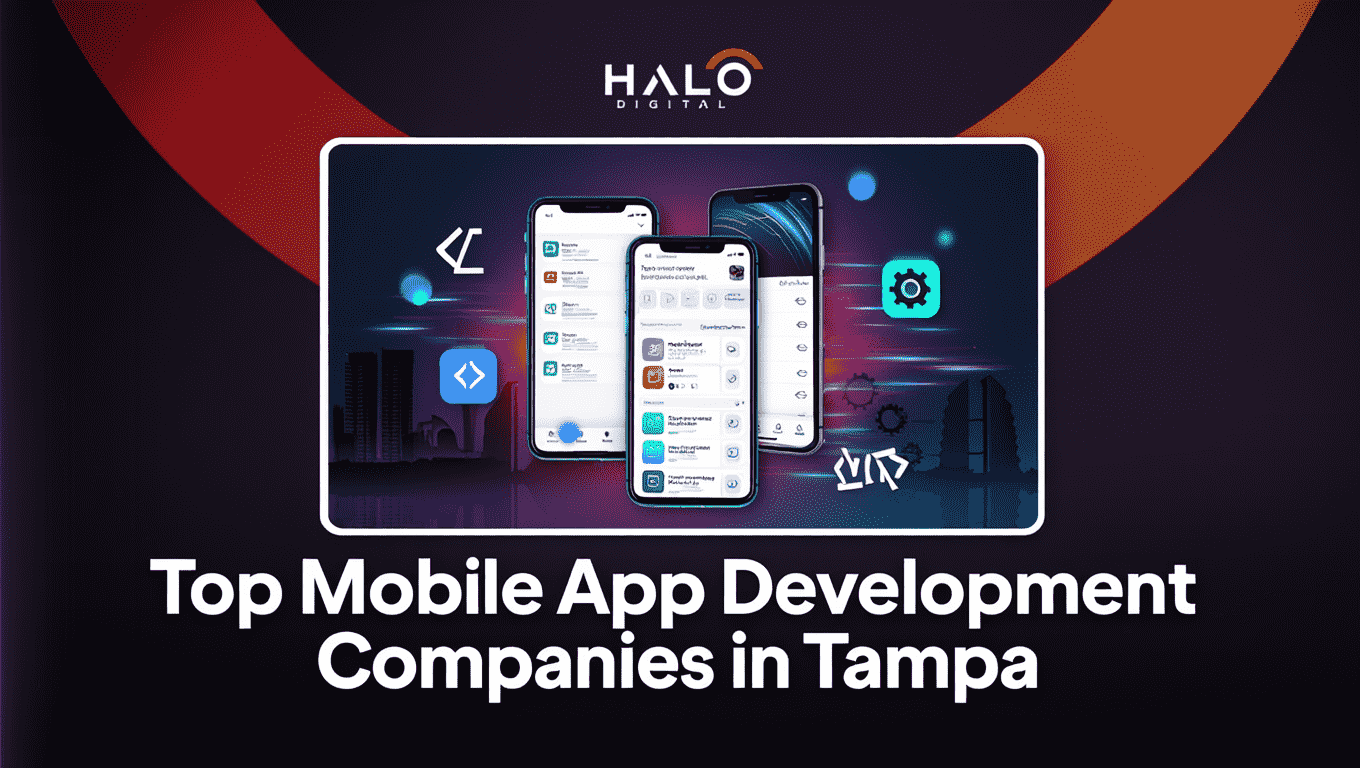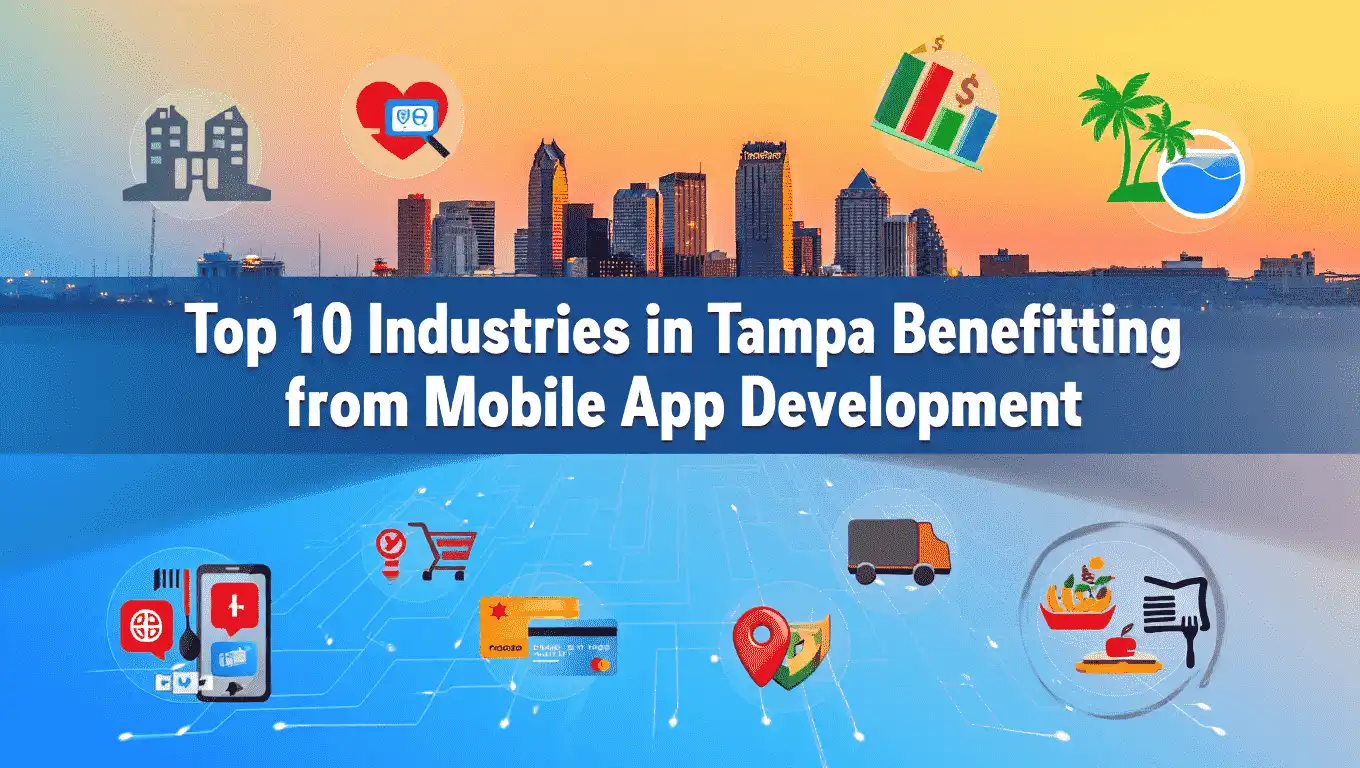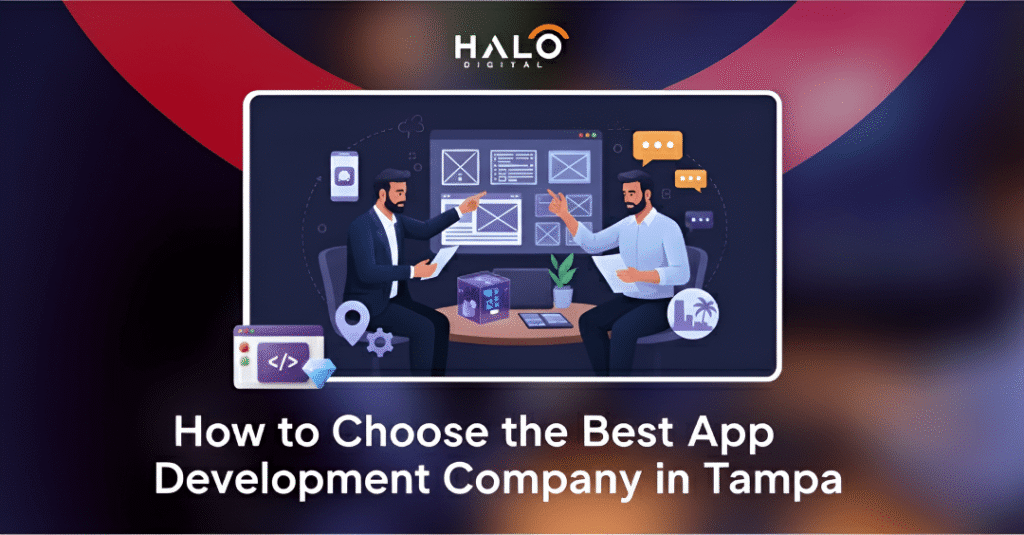By 2025, over 80% of large enterprises are expected to rely on custom web applications to run mission-critical operations.
From managing finances to streamlining supply chains, enterprise web application development is no longer optional; it’s a strategic necessity.
These modern, complex systems integrate departments, centralize data, and automate workflows to boost efficiency and adaptability across the organization.
In this comprehensive guide, CEOs will gain a clear understanding of enterprise web apps, from core technologies and development processes to real-world examples and ROI potential.
Whether you’re upgrading legacy systems or leading a full-scale digital transformation, this roadmap will help you make confident, future-proof decisions for your business.
What Are Enterprise Web Applications?
Enterprise web applications are massive (also known as enterprise-scale) accessible software applications that are specifically designed for use by organizations.
Contrary to consumer-facing apps, they can allow multiple users, complicated workflows, and profound connection to corporate systems.
Be it internal tools, portals for clients, or mobile-friendly dashboards, they’re designed for long-term scaling, solid security, and high availability.
These applications typically require a customized architecture that includes multi-layered access control, optimization of performance, and integration with databases or APIs to fulfill requirements for enterprise level.
How Enterprise Web Applications Solve Business Challenges
Enterprises are often faced with the silos of data, manual procedures, and the challenges of managing teams that are distributed.
Enterprise web apps address these problems by constructing integrated platforms that streamline processes, centralize data, and offer real-time information across the entire organization.
These applications simplify operations as well as reduce the chance of human error and ensure security at the enterprise level and compliance.
By removing barriers between departments and increasing the visibility of data, leaders are empowered to make timely, informed decisions. The result is improved efficiency in operations, improved coordination, and a capability to expand more efficiently.
In short, enterprise web applications are crucial for sustainable growth of businesses and for innovation.
Key Features of Enterprise Web Applications
Enterprise web applications come with a variety of essential features that let users use the app with ease. If it’s collecting data, analyzing reports, or performing regular checkups, a modern enterprise app should be able to do everything.
Role-Based Access Control
Provides extensive permission settings to ensure that users have access to only the data and features that match their job, enhancing the security of workflows, clarity, and operational accountability across all departments.
Workflow Automation
It automates routine tasks, approvals, and business processes to minimize the need for manual intervention, reduce errors, and increase the efficiency of operations to maintain a consistent level of productivity.
Scalability and Performance Optimization
The system is designed to handle increasing databases, a growing user base, and more complex tasks without performance drops; it guarantees the highest level of reliability, speed, and uptime, even under the rigors of heavy workloads.
Real-Time Data Synchronization
Maintains all systems and users up-to-date by syncing data across all modules, increasing cooperation, and reporting accuracy along with business flexibility in real-time.
Custom Dashboards and Reporting
Provides dashboards for specific roles that are updated with real-time analytics and KPIs, which allow teams to track performances, detect patterns, and make better decisions based on data.
API and Third-Party Integrations
Connects easily to tools like ERP, CRM accounting, and CRM applications, streamlining the flow of data and enhancing enterprise application integration across enterprise systems.
Security and Compliance Features
Implements encryption and audit logs, access control, and compliance tools such as GDPR or HIPAA to secure sensitive information and comply with the legal regulations.
Step-by-Step Enterprise Web Application Development Process
The development process for developing an efficient enterprise web application includes 7 steps that are as follows:
Discovery and Requirement Gathering
Know your company’s goals as well as stakeholder requirements, as well as your current processes. Define user roles, data flow, and important workflows. This is the foundation that informs design as well as the scope and cost.
Planning and Architectural Design
Create a system’s architectural framework, pick high-end technologies, and define components such as user management analytics and integrations, along with security layers.
UI/UX Design and Prototyping
Create user-friendly interfaces that are suitable to desktop and mobile app requirements. Check the functionality with prototypes and feedback from stakeholders prior to developing.
Frontend and Backend Development
Create a responsive frontend with frameworks such as React and Angular. Create a flexible, maintainable backend using platforms such as Node.js, .NET, or Java.
Quality Assurance and Testing
A rigorous testing process assures the functionality, performance, and security. Make use of unit tests as well as load testing, integration checks, and compliance audits.
Deployment and Integration
Implementation of cloud or on-premise systems which let you connect to enterprise systems, manage access control and data pipelines, and activate enterprise web software development tools.
Maintenance and Continuous Improvement
Support for bugs and performance and other business-related changes. Regular updates, performance monitoring, and new features keep the importance at the enterprise level.
Choosing the Right Tech Stack for Enterprise Web Development
Selecting the appropriate tech stack is essential to create an efficient, scalable, and easily maintained enterprise web application.
Your stack should be compatible with your project’s goals along with team expertise and integration requirements.
The right tools can also help facilitate seamless collaboration, real-time access to data, and enterprise-level performance.
Here are the most frequently used tools for enterprise application development:
- Frontend frontends: React, Angular, or Vue.js to create dynamic and responsive interfaces
- Backends: Node.js, Java (Spring Boot) or .NET for a robust business logic
- Database: PostgreSQL, MySQL (SQL), or MongoDB, Cassandra (NoSQL)
- DevOps: Docker, Kubernetes for orchestration and containerization
- Pipelines for CI/CD: Jenkins, GitHub Actions, GitLab CI for streamlined deployment
- API Management: Postman, Swagger, Apigee
- Monitoring & Logging: Prometheus, Grafana, ELK Stack
- Mobile deployment: React Native or Flutter to provide cross-platform enterprise mobile application support.
Cost of Developing an Enterprise Web Application
The price for enterprise web application development typically is between $200,000 and $1 million, based on the complexity of the project, size, and the regulatory demands.
The most important cost elements are customized software architecture and security for enterprise-level, as well as integrations with third-party companies, data migration, mobile support, and continuous maintenance.
Projects that require advanced features or a multi-tenant infrastructure could result in higher costs.
A modular approach to budgeting that is aligned with ROI over the long term and fundamental business objectives allows more efficient investment and improved control of costs throughout the entire development cycle.
Timeframe for Enterprise Web App Development
The timeframe to complete enterprise web app development typically can vary from 6 to 18 months, contingent on the features, complexity, and integration requirements.
The simplest MVP (minimum viable product) can be developed in a matter of 6-9 months, while fully featured solutions that include enterprise mobile app support and integration with third-party providers could take 12-18 months.
The adoption of agile methodologies and cycles of iterative releases lets teams collect early feedback, speed up the time-to-value of their products, and constantly improve the platform to meet actual business requirements.
Benefits of Enterprise Web Application Development
The process of having an enterprise web application developed by an established app development company such as HALO Digital offers many advantages that we’ve highlighted in the following paragraphs:
Improved Operational Efficiency
Autoboot workflows and real-time syncing and centralized storage of data can reduce manual tasks, which reduces delays and enables teams to work more efficiently, with greater efficiency, and make fewer mistakes.
Better Integration Across Departments
The seamless connections between accounting, CRM, and systems for supply chain break down the silos of data, allowing for smoother communication, more accurate reporting, and better coordination among different business departments.
Enhanced Data Security and Control
Enterprise architecture gives users security controls for access, including encryption, audit logs, and compliance tools to protect sensitive information and comply with regulations across sectors.
Scalable and Future-Proof Solutions
Modular frameworks and API-ready designs make sure that your enterprise web apps grow alongside your company with easy enhancements to features and integrations into your system.
Real-Time Access to Business Intelligence
Dashboards for analytics and reporting tools offer up-to-date KPIs and allow executives to measure the performance of their teams, identify trends, and take data-driven decisions swiftly.
Real-World Examples of Enterprise Web Applications
This section provides examples of real-world enterprise applications developed across different sectors.
Enterprise Apps in Healthcare
Modern web-based healthcare applications integrate the electronic health record (EHR), patient portals, appointment scheduling, billing, and clinical analytics. This allows providers to provide efficient, customized, and secure services across departments.
Enterprise Apps in Finance
Finance enterprise web apps streamline core tasks like real-time management of accounts, loan origination, compliance reporting, and even fraud detection. This ensures speed, accuracy, and compliance with regulations in banking environments that are sensitive.
Enterprise Apps in Logistics and Supply Chain
Enterprise systems help logistics teams control inventory levels, improve the warehouse’s operations, plan deliveries, and track routes, as well as reduce costs. improving efficiency in supply chains.
Enterprise Apps in Retail and E-commerce
Retail enterprise applications integrate information from the point of sale as well as updates of inventory, platforms for eCommerce, and customer rewards, delivering a multichannel experience that increases customer satisfaction and increases backend efficiency.
Custom vs. Off-the-Shelf Enterprise Web Apps
There’s a discussion among the people over whether they should opt for a custom or an off-the-shelf enterprise website application.
We’ve discussed both sides in greater detail in the following article.
Pros and Cons of Custom Development
Custom enterprise web app development allows companies to develop software that is tailored to their unique workflows, connect with existing systems, and be different in the market.
But it will require a greater upfront investment, a longer development time, and continuous maintenance. It is best suited to unique or complicated business models.
When Off-the-Shelf Software Falls Short
Off-the-shelf enterprise software is inexpensive and fast to install; however, it is often lacking flexibility.
Most solutions aren’t able to allow custom workflows, don’t grow with the demands of customers, or don’t integrate with the existing systems.
These issues hinder the efficiency of operations and could lead to future work as well as data silos.
Choosing What’s Right for Your Business
The choice between custom and off-the-shelf solutions will depend on your needs along with team size and your budget.
If your company requires customized processes, flawless integrations, and flexibility, custom development is the ideal.
Off-the-shelf is ideal for small businesses that have standard processes and limited IT resources that want to speed up implementation.
Are you ready to transform your business?
Let HALO Digital guide you on your enterprise web application development journey — combining secure architecture, seamless integrations, and scalable features. Whether you need web or mobile application development services, we’re here to help you build a future-proof platform. Contact us today to get started.
FAQs
What are the 4 major applications for enterprise applications?
Common kinds include ERPs, CRMs, platforms for BI, and SCM systems. They help streamline critical business processes through web-based integration.
What is an enterprise app developer?
Expertise in scaling web software engineering that integrates complicated business logic, backend services, and user interfaces that are reliable.
What is the difference between web development and enterprise application?
Web development is similar to an online brochure, but enterprise applications involve complicated systems and integration, scalability, and logic based on roles.
What is the difference between enterprise application and ERP?
Enterprise applications include any large-scale business software. An ERP is a distinct kind (Enterprise Resource Planning) that centralizes the essential functions.
What is an enterprise application example?
Examples include banks’ portals for banking and healthcare management systems. HR dashboards and mobile interfaces for applications.
What is another name for enterprise applications?
They can also be referred to as enterprise solutions or enterprise web software as well as enterprise-level software.
Conclusion: Enterprise Web Application Development
Modern business requires an integrated, powerful web application.
Web application development for enterprise brings efficiency, data-driven insight, and the ability to scale.
Through a well-planned development procedure, selecting the appropriate tech stack and collaborating with experts to accelerate the digital transformation.
Whether building from scratch or upgrading legacy systems, enterprise apps deliver measurable ROI, stronger internal collaboration, and future-ready architecture, helping you lead with confidence in 2025 and beyond.
Arsalan Chauhdary is the CEO of Halo Digital and a senior full-stack developer with over 8 years of experience building scalable, secure, and high-performing digital solutions. As a thought-provoking leader and hands-on architect, he blends strategy with code to transform ideas into impactful web and mobile platforms. Passionate about clean architecture, Laravel, JavaScript, and solving real-world problems, Arsalan continues to guide teams and clients through the evolving landscape of modern development.






